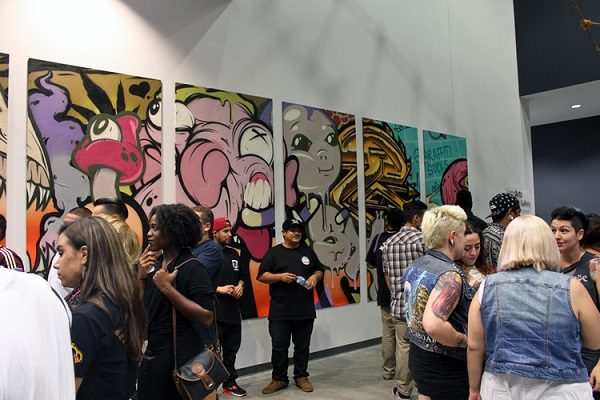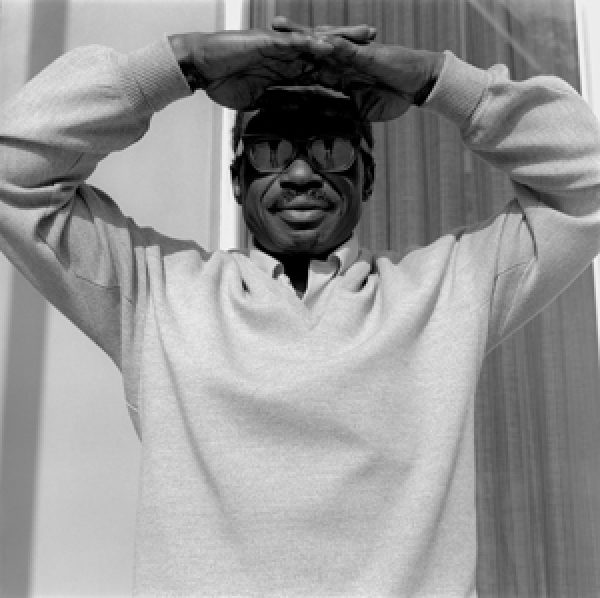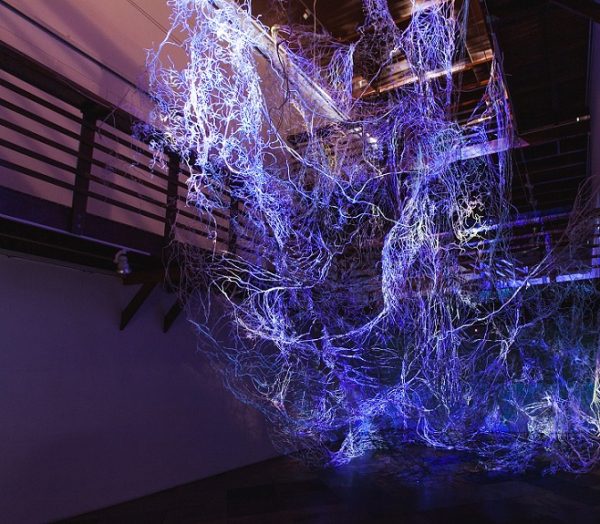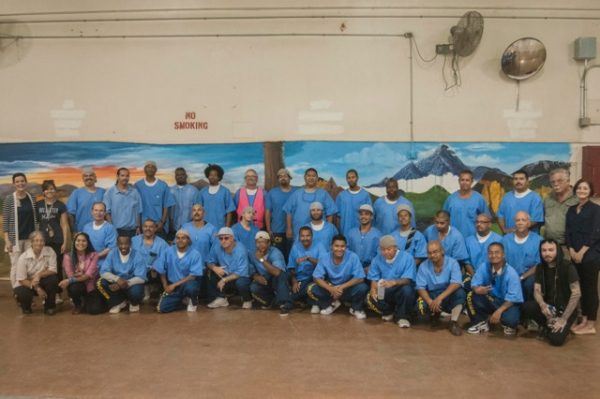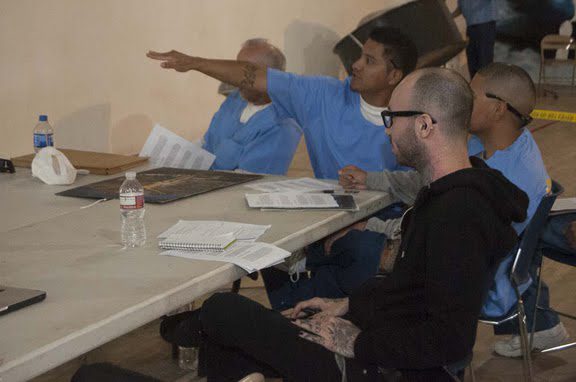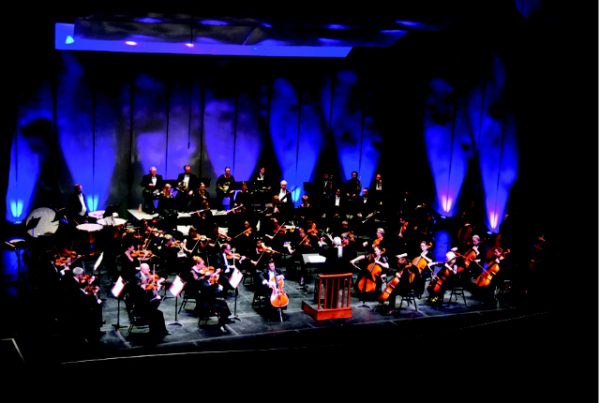The Morongo Basin, already known as a place that draws creative people, is exploding into a popular destination for artists. Whether it’s the space, the quiet beauty, the ease of lifestyle or one of those magical things that no-one can explain, Joshua Tree and the surrounding areas is having a notable impact on artists and the art they produce. And the artists are returning, bringing their own signature.
Stan Sagers, a local resident, said, “6 years ago nobody knew where Joshua Tree was, and now you hear about the Joshua Tree scene all the time through TV shows and news articles.”
One contributing factor is artist residency programs like the Joshua Tree Highlands Artist Residency (JTHAR), Harrison House Music and Arts Residency, BoxoProject, High Desert Test Sites and The Joshua Tree National Park Residency program. These programs bring artists to the desert, give them a place to stay for a period of time and offer them the space and freedom to work on their own art. Many artists are returning to visit, buy property, get married, and complete new projects.
James Berg and Fredrick Fulmer founders of JTHAR feel very connected to this movement. Many of the fifty artists participating in the residency over the last 8 years have returned.
“Joshua Tree has always been a beacon for artists, but it was more of a local secret for Los Angeles and West Coast artists,” said Berg. “Now it is becoming national and international.”
For Steve Rieman, a well-known local sculptor, and his wife Ruth Rieman, both board members of JTHAR, their involvement began in 2008 with the arrival of Alfredo Barsuglia, an Austrian artist who makes large scale installations with a social comment. During Barsuglia’s residency he built the ‘Oderfla Beauty Resort’ a large construction of a partial building inserted in the sand on the Rieman’s property. The installation, reminiscent of an archaeological dig, is a comment on society’s search for eternal beauty.
Barsuglia quickly became a member of the family and has returned several times, once to bring his mother, and again this summer to work on his most recent piece ‘Social Pool.’ The Riemans, in return, have gone to Austria to visit and through Barsuglia’s affiliation with the MAK Museum for Applied Arts in Vienna, Steve Rieman’s early iconic furniture will be in the museum’s permanent collection. Ruth Rieman, deeply touched by every artist that has spent time at their cabin describes the residencies as an important experience that profoundly touches everyone’s lives.
Bernard Leibov, founder of the BoxoProjects, an invitation-only residency program first came to Morongo Basin in 2005 through his connection to Andrea Zittel and High Desert Test Sites. At that time he was working as a brand strategist. That visit got him interested in the place and the community as well as pursuing his own creative expression. In 2008, Leibov came for 3 months to meet local artists and focus on his own work. When he went back to New York he began showing Joshua Tree artists in his New York gallery/apartment and in 2011 he bought the house he is currently in and started the residency.
Leibov looks for artists that will create work that will have a lasting effect. “I bring in the kind of people who are curious and who have some form of research base or experience input into their work. I ask them to make work that responds to the community or the environment so that the feel of Joshua Tree is imbued in each of the projects,” said Leibov.
The Celtic Knot, a 29 foot long, 5 foot wide concrete sculpture by Steed Taylor, is permanently displayed on Leibov’s property. The knot symbolizes momentum and continuity. During the construction of the Knott, the local community was encouraged to bring something that would represent their aspirations for the community. The pieces brought were then put inside the poured cement.
“The sculpture,” Leibov said, “is about the community moving forward.
When Claudia Bueno, a light artist from Venezuela, and her husband Dan Davis, decided to move back to the United States from Malaysia they picked Yucca Valley. Dan, familiar with Joshua Tree through his brother, loved the park and the natural beauty of the area. Claudia, who never thought the desert would appeal to her said, “The longer we stayed in the Morongo Basin the more we appreciated it. I began to see all the animals, the plants and the blue sky every day. It feels like you are living in a retreat.”
Local festivals and artists events like the art crawl and the Highway 62 Art Tours introduce many people to the area. Many artists, like Bueno, working alone to develop their creative vision, choose this area because of their desire for artistic freedom, and space. Add the distinct beauty of the desert, the close proximity to a city when needed, affordable housing, a very friendly community and the vitality of a culturally artistic place and you have many good reasons for artists to trade-in their lofts and apartments and come west.

